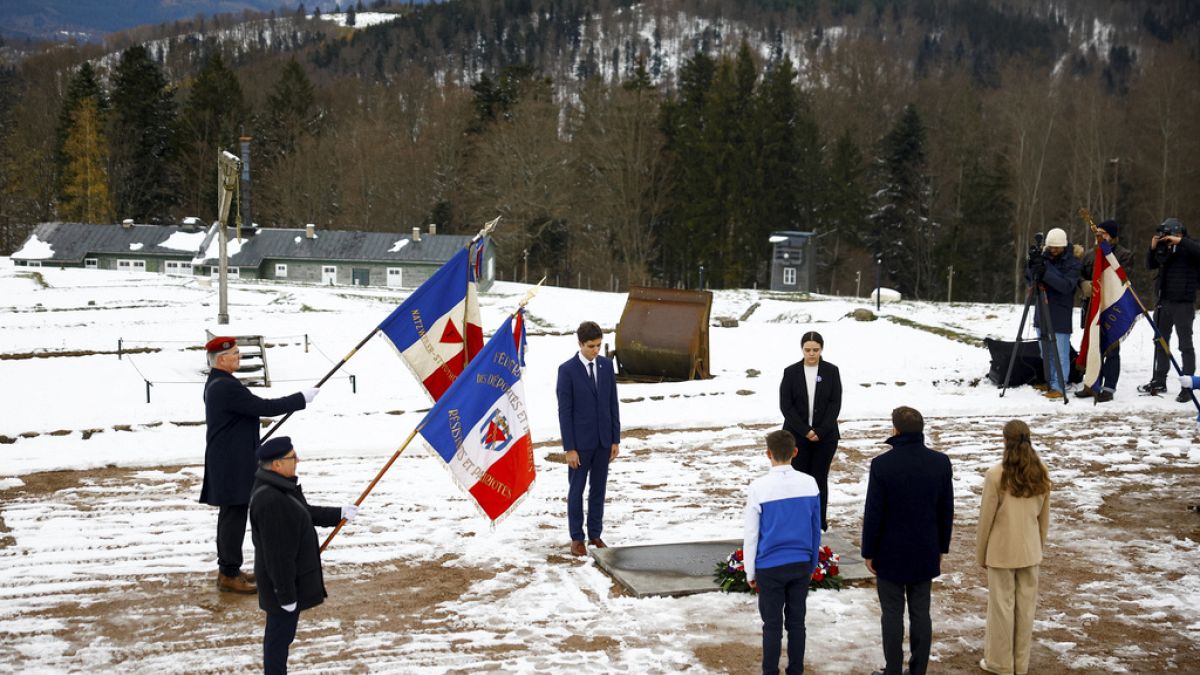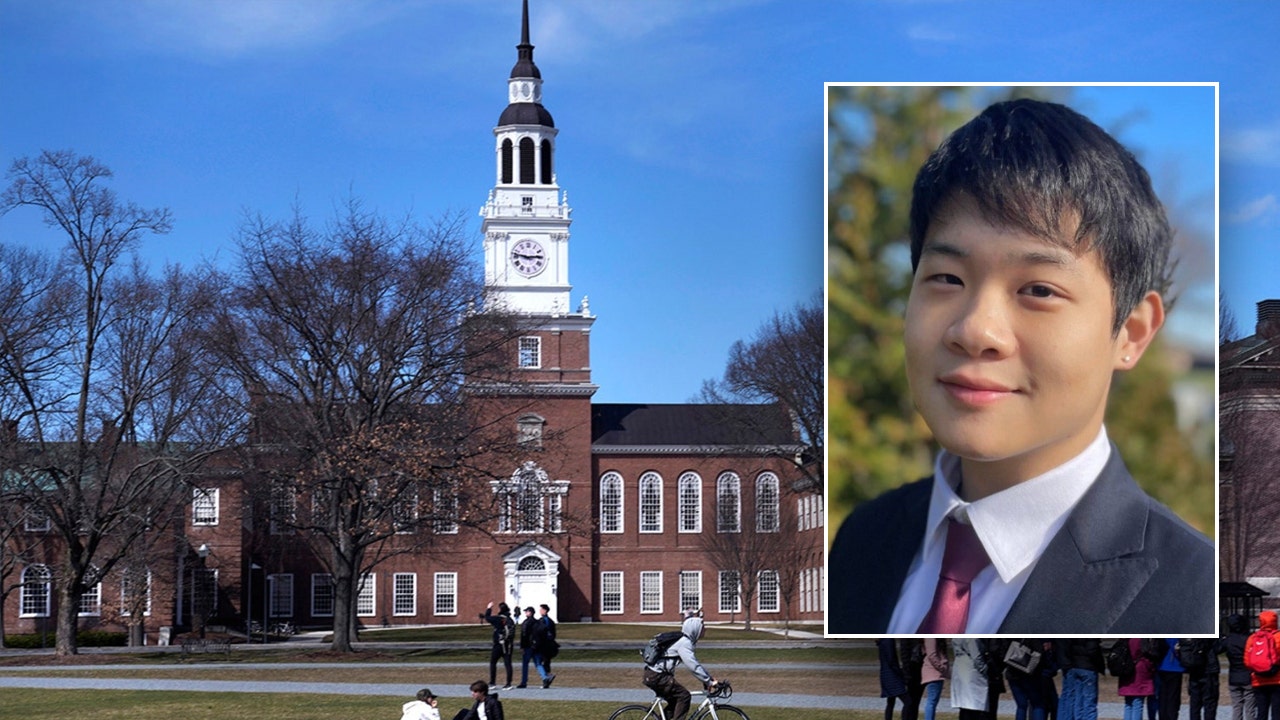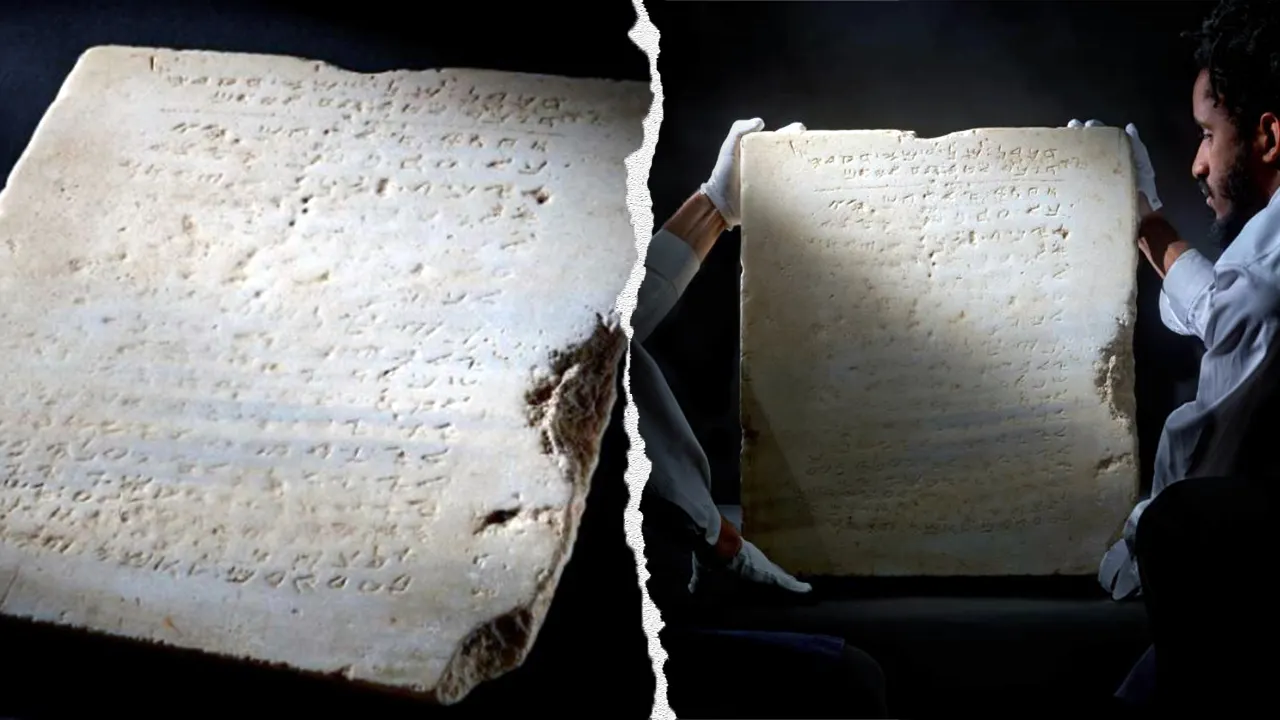In life, death is only the beginning.
An excerpt from “Flayed God: The Mesoamerican Mythological Tradition”, decrees, “For bones are like seeds: everything that dies goes into the Earth, and from it new life is born in the sacred cycle of existence.”
Día de los Muertos, or Day of the Dead, honors that sacred cycle by venerating the dead and celebrating their annual return to the world of the living.
What is the Day of the Dead?
Día de los Muertos is a braiding together of pre- Colombian ritual and European tradition. It celebrates the richness of life and the inevitable journey of death.
It is important to note that Día de los Muertos celebrations vary from region to region, and not all communities in Mexico celebrate the holiday.
During Día de los Muertos celebrations, family members often visit the cemeteries where their lost loved ones are interred, cleaning and decorating the tombs and gathering at the graveside to eat, play music, and speak of and to the dead.
To show the dead that they have not been forgotten, altars or ofrendas are constructed in the home.
When is the Day of the Dead, and where is it celebrated?
Día de los Muertos is observed by those of Mexican heritage throughout Central, South, and North America on November 1 and 2nd. The former date is dedicated to the souls of departed children, while the 2nd is reserved for the souls of adults.
These dates correspond to the Catholic feast days of All Saints and All Souls. Mexico City and Oaxaca are renowned for the scope of their Día de los Muertos festivities, while San Antonio is home to the largest Day of the Dead celebration in the United States.
Day of the Dead history
The origins of Día de los Muertos extend back 3,000 years to the death rituals of the Nahua people of Mesoamerica.
The Nahua, which includes the Aztecs, saw the universe in cyclical terms and humanity as duality made manifest. Death was not a division from life but an integral part of it.
According to the National Hispanic Cultural Center, “Humans were the bridge between heaven and earth – the point of contact between the divine and profane, the spiritual and material, the rational and irrational. Man was the union of opposites and responsible for maintaining the balance between the contradicting forces of the universe.”
For the Nahua, death was not an ending but a kind of embarkment. Upon dying, a person makes the soul voyage to Chicunamictlán or the underworld.
After a trying journey of nine levels and four years, the soul would finally be delivered to Mictlán, its final resting place.
Originally, rituals for venerating the departed were held in August and the living offered essential sustenance like food and water to help their ancestors along this journey. These ancient offerings served as the inspiration for the altars and alms that mark contemporary Día de los Muertos celebrations.
Spanish influence
In the 16th century, Spanish conquistadors, fresh off the dark days of the black plague and sails high with the fumes of Christianity, had a decidedly grimmer view of death, not that it stopped them from delivering it en masse to those they ruthlessly colonized. I digress.
The Christian faith has a long history of “rebranding” the sacred sites, myths, and celebrations of those they seek to convert.
In this way, temples are toppled to make way for churches, the nuanced underworld becomes a fire and brimstone hellscape, and sacred occasions are aligned with feast days. Such was the fate of the Pagan feast of Samhain, and so too did the death rituals of the Nahua come to be aligned with All Saints and All Souls Day.
Despite the best efforts of the Spanish to cast death and the afterlife of the soul as something to be feared, the essential ethos of the universe as cyclical and death as celebratory persists in and through the continued observation of Día de los Muertos.
The ethos of death as celebratory and the universe as cyclical, persists in and through the observation of Día de los Muertos.
UNESCO recognized the significance of Día de los Muertos in 2008 when the organization added the holiday to its list of Intangible Cultural Heritage of Humanity, citing, “This encounter between the living and the dead affirms the role of the individual within society and contributes to reinforcing the political and social status of Mexico’s Indigenous communities.”
Day of the Dead traditions
Altars, called altars de Muertos or ofrendas, are among the most prominent and significant features of Day of the Dead celebrations. Their function is to show the dead that they have not been forgotten and to guide them home. Depending upon region and tradition, altars are built with a varying number of tiers and a wide assortment of offerings. In this context, ofrenda describes both the altar and the offerings.
These offerings can include photos of lost loved ones, salt, water, and alcohol to satisfy their thirst, and calavera, brightly decorated skulls made of sugar and meringue that represent those that have passed and serve as a symbol for the sweetness of life.
The perforation in the colorful tissue paper known as papel picado allows traveling souls easy access, while the paper’s delicacy symbolizes the frangible nature of life itself.
Pan de Muerto, the bread of the dead, is one of many food items placed on the ofrenda.
Flowers, including marigolds and cockscomb, are commonly added to altars. The petals are sometimes strewn from home to altar in the hopes that the vivid color and strong fragrance of the flowers and the flickering light of candles will serve as guides to ancestral spirits.
Día de los Muertos preparations are done with great care to ensure the dead are welcomed and satisfied. It is believed that they carry the power to deliver pain or prosperity, depending on the quality of the offerings and the execution of these rituals.
Day of the Dead is NOT a Halloween celebration
Though themes of death feature heavily in both traditions, Día de los Muertos is NOT the same thing as Halloween, and the conflation of the two and the commodification of the former is a source of controversy and cultural appropriation.
As the Los Angeles Times argues, “Day of the Dead effectively has become rolled up into the Halloween retail juggernaut, unsettling some observers who see it as cultural appropriation that turns the centuries-old Day of the Dead remembrances into crass commercialism.”
Halloween is closely related to the ancient Pagan harvest festival known as Samhain. Modern Halloween celebrations share little beyond skeletal imagery and a seasonal convergence with Day of the Dead.
“Dressing up is for Halloween, and Día de los Muertos is not a costume.”
Jessica Razo
As Jessica Razo reminds us, “Dressing up is for Halloween, and Día de los Muertos is not a costume.” So please, if you were not raised in a community that traditionally observes the holiday, don’t co-opt the sugar skull into a costume. Ever.
Day of the Dead and cultural appreciation vs. appropriation
Mourning (alongside courtship, music, language, a love for Paul Rudd, and an aversion to incest) is one of our primary cultural universals, and Día de los Muertos can provide the impetus to explore our own ancestral traditions of death and commemoration.
However, there is a very fine and precarious line between appreciation and appropriation and bowing to and borrowing from.
“The biggest way to change the culture of appropriation is with your wallet.”
Jeremy Cohen
Día de los Muertos is a significant cultural celebration, not a name or an aesthetic that can be trademarked for profiteering, much to the chagrin of the Walt Disney Co., who tried to do just that in preparation for the release of the film “Coco” and Mattel who came under fire for their Day of the Dead themed Barbie.
Sigh.
Those who did not grow up with the traditions of Día de los Muertos but are drawn to the holiday can educate themselves and observe celebrations with curiosity and ultimate reverence.
Learn and engage with, but do not take from. Ask permission to take photographs. Observers and appreciators should be mindful of how and where they spend money in relation to the holiday and the items associated with it.
“The biggest way to change the culture of appropriation is with your wallet,” Jeremy Cohen explains in Talk Death. “If you want to buy sugar skulls or Day of the Dead merchandise, make sure your money is going into the hands of the people who actually benefit from it, and not foreign conglomerates.”
In spending thoughtfully, observing respectfully, and investigating your own ancestral traditions, you can pay homage to the sacred cycle of existence that counts bones as seeds and birth and death as equal blessings.
Astrology 101: Your guide to the star
Astrologer Reda Wigle researches and irreverently reports on planetary configurations and their effect on each zodiac sign. Her horoscopes integrate history, poetry, pop culture, and personal experience. To book a reading, visit her website.
Read the full article here
















